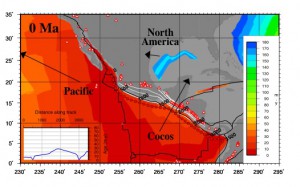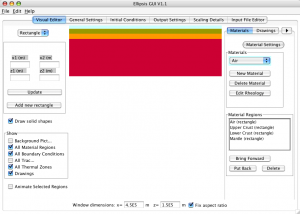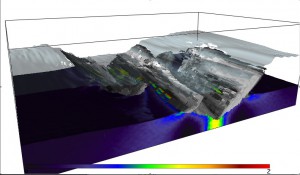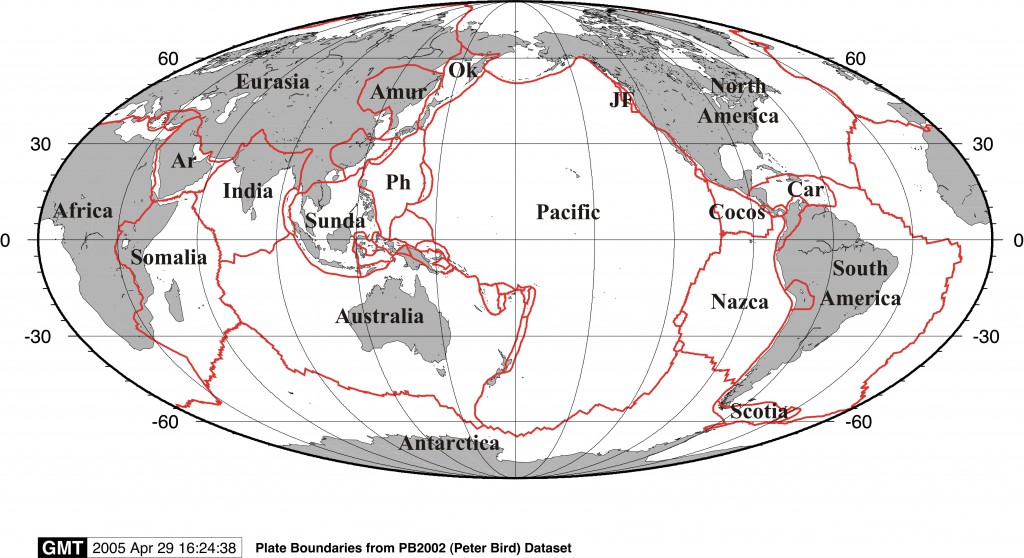Please Note: These age grids are now outdated. Please see the agegrids available from the Müller et al. 2013 study on Ocean Chemistry at the Seawater chemistry driven by supercontinent assembly, break-up and dispersal resource page.
 Downloads
Downloads
Download global subduction age grid images via FTP here – tgz file
Download global subduction parameter dataset via FTP here – tgz file
… Read more…



